How Nvidia took the world by storm
Riding the AI wave has turned Nvidia into a technology industry behemoth
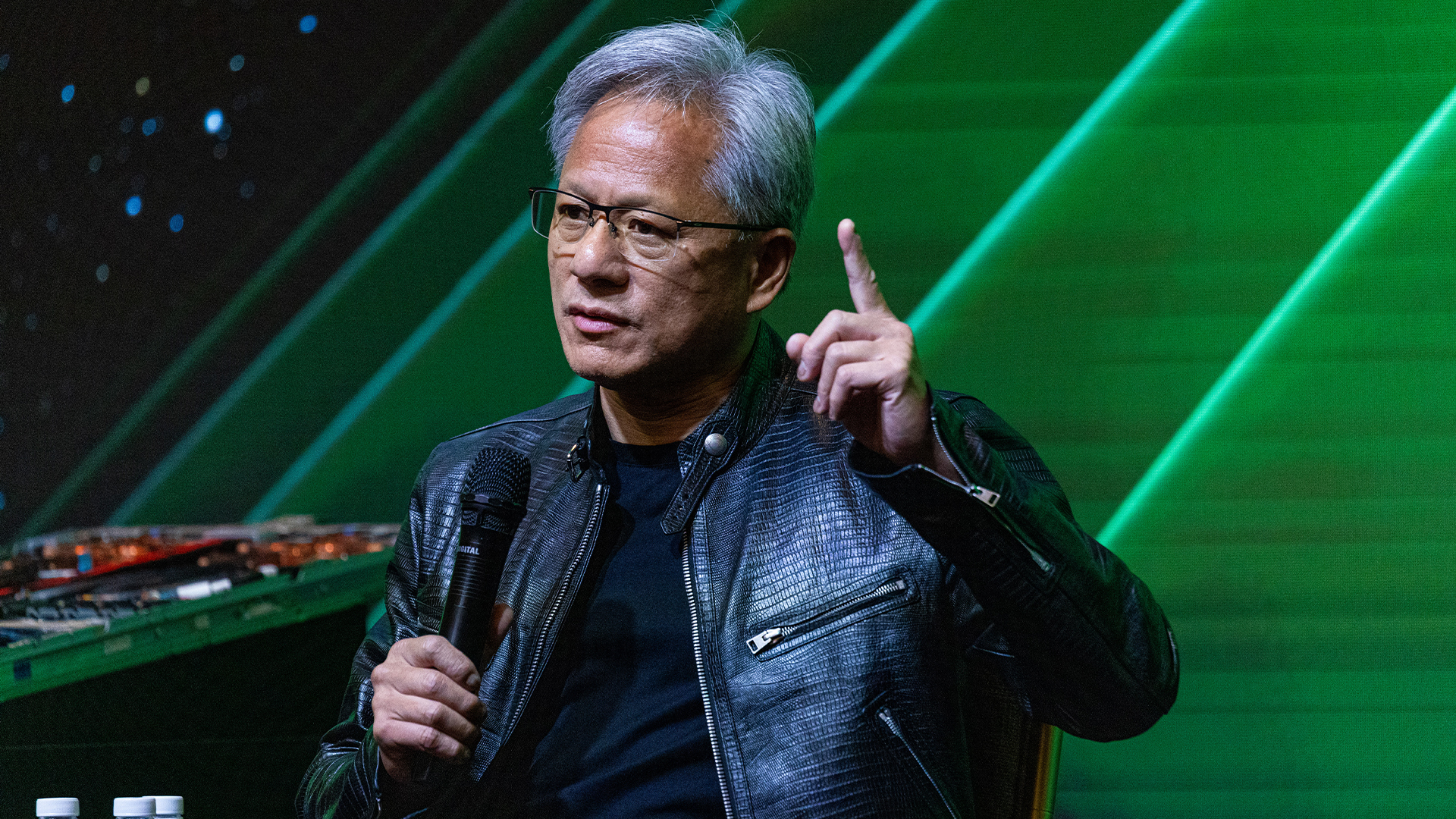

Nvidia became the world's most valuable company this week, albeit briefly, but the generative AI frenzy which fueled sales of its high-end chips shows little sign of ending.
The chip-maker made it to the top spot by leapfrogging Microsoft just weeks after overtaking Apple to secure second place. Nvidia’s share price has rocketed in the last 18 months – in January 2023 it stood at less than $15, and it’s currently at $135, making the company worth $3.34 trillion.
The company has successfully ridden the wave of generative AI that has swept through the tech industry during this period because it provides the fundamental building blocks needed by every AI company – the immensely powerful GPUs they need to build and run AI models.
In any gold rush it’s the sellers of the picks and shovels that make the most money, and in the AI rush the equivalent is the high-performance chips and infrastructure around them provided by Nvidia.
On its most recent earnings call, Nvidia gave some idea of the scale of the investment being made by big tech companies in training and running large language models (LLMs).
Big AI players from OpenAI and Anthropic through to DeepMind and Meta are all building on Nvidia. Tesla's expansion of its training AI cluster, for example, features 35,000 H100 GPUs, while Meta trained Llama 3, its latest LLM, on a cluster of 24,000 H100 GPUs.
While the pricing of these GPUs varies, they can easily run into tens of thousands of dollars each, which goes a long way to explain why Nvidia shares are riding so high.
Sign up today and you will receive a free copy of our Future Focus 2025 report - the leading guidance on AI, cybersecurity and other IT challenges as per 700+ senior executives
Nvidia said clusters like the ones built by Meta and Tesla are examples of what it describes as ‘AI factories’, next-generation data centers “where the data comes in and intelligence comes out”.
In the first quarter of its financial year, Nvidia revealed it was working with over 100 customers building AI factories, ranging in size from hundreds to tens of thousands of GPUs and with some even reaching 100,000 GPUs in scale.
Nvidia is building the foundations for AI innovation
But what is perhaps also fueling the continued growth in Nvidia’s share price is the belief that the impact of AI is just beginning.
Much of the AI spending right now is limited to the hyperscalers and tech companies themselves, but there are other big markets on the horizon too.
Enterprises will want to start building AI capabilities to build on their own vast (and often ignored) stores of corporate data. And Nvidia also foresees the rise of ‘sovereign AI’ whereby nations start to build up their own domestic AI offerings built on their own infrastructure and data.
The chip company expects sovereign AI alone to be a high single-digit billion business this year - and some major industry players are already cashing in on this idea.
RELATED WHITEPAPER

Earlier this year, Oracle CTO and chairman Larry Ellison said he expects a widespread shift toward national sovereign cloud setups in the coming years as governments accelerate efforts to keep data in-country.
GPUs also continue to get more powerful, further fueling enterprise appetite and therefore Nvidia’s success. The first H200 system has already been delivered to OpenAI and powered their GPT-4o demos, for example.
The H200 nearly doubles the inference performance of H100. After this comes the Blackwell GPU architecture which will push AI performance even further.
The Blackwell GPU architecture should offer four times faster training and 30 times faster inference than the H100 – and real-time generative AI on trillion-parameter large language models, the company said.
Nvidia CEO Jensen Huang said that demand for H200 and Blackwell is “well ahead” of supply, and that it expects demand may exceed supply well into next year.
“The demand for GPUs in all the data centers is incredible. We're racing actually,” Huang told investors on the firm’s most recent earnings call.
Nvidia is to AI what Cisco was to the dotcom era
In some respects, the rise of Nvidia has echoes of the rise of networking giant Cisco in the years of the dotcom boom (that also involved leapfrogging Microsoft).
Nvidia’s rise is tied to the rise of AI just as Cisco’s rise was tied to the excitement around the rise of the internet. And as the excitement continues, few tech companies will want to miss out, which means that strong demand for GPUs is likely to continue.
But Huang argued on the call there is a more profound change ahead, adding that AI is redesigning how computers work.
“The computer is no longer an instruction-driven-only computer,” he said. “It's an intention-understanding computer. And it understands, of course, the way we interact with it, but it also understands our meaning, what we intend that we asked it to do. And it has the ability to reason, inference iteratively to process a plan, and come back with a solution,” he said.
“And so, that's going to change computing stacks all over the world.”
Steve Ranger is an award-winning reporter and editor who writes about technology and business. Previously he was the editorial director at ZDNET and the editor of silicon.com.
-
 Trump's AI executive order could leave US in a 'regulatory vacuum'
Trump's AI executive order could leave US in a 'regulatory vacuum'News Citing a "patchwork of 50 different regulatory regimes" and "ideological bias", President Trump wants rules to be set at a federal level
-
 TPUs: Google's home advantage
TPUs: Google's home advantageITPro Podcast How does TPU v7 stack up against Nvidia's latest chips – and can Google scale AI using only its own supply?
-
 Nvidia’s Intel investment just gave it the perfect inroad to lucrative new markets
Nvidia’s Intel investment just gave it the perfect inroad to lucrative new marketsNews Nvidia looks set to branch out into lucrative new markets following its $5 billion investment in Intel.
-
 Nvidia hails ‘another leap in the frontier of AI computing’ with Rubin GPU launch
Nvidia hails ‘another leap in the frontier of AI computing’ with Rubin GPU launchNews Set for general release in 2026, Rubin is here to solve the challenge of AI inference at scale
-
 Nvidia braces for a $5.5 billion hit as tariffs reach the semiconductor industry
Nvidia braces for a $5.5 billion hit as tariffs reach the semiconductor industryNews The chipmaker says its H20 chips need a special license as its share price plummets
-
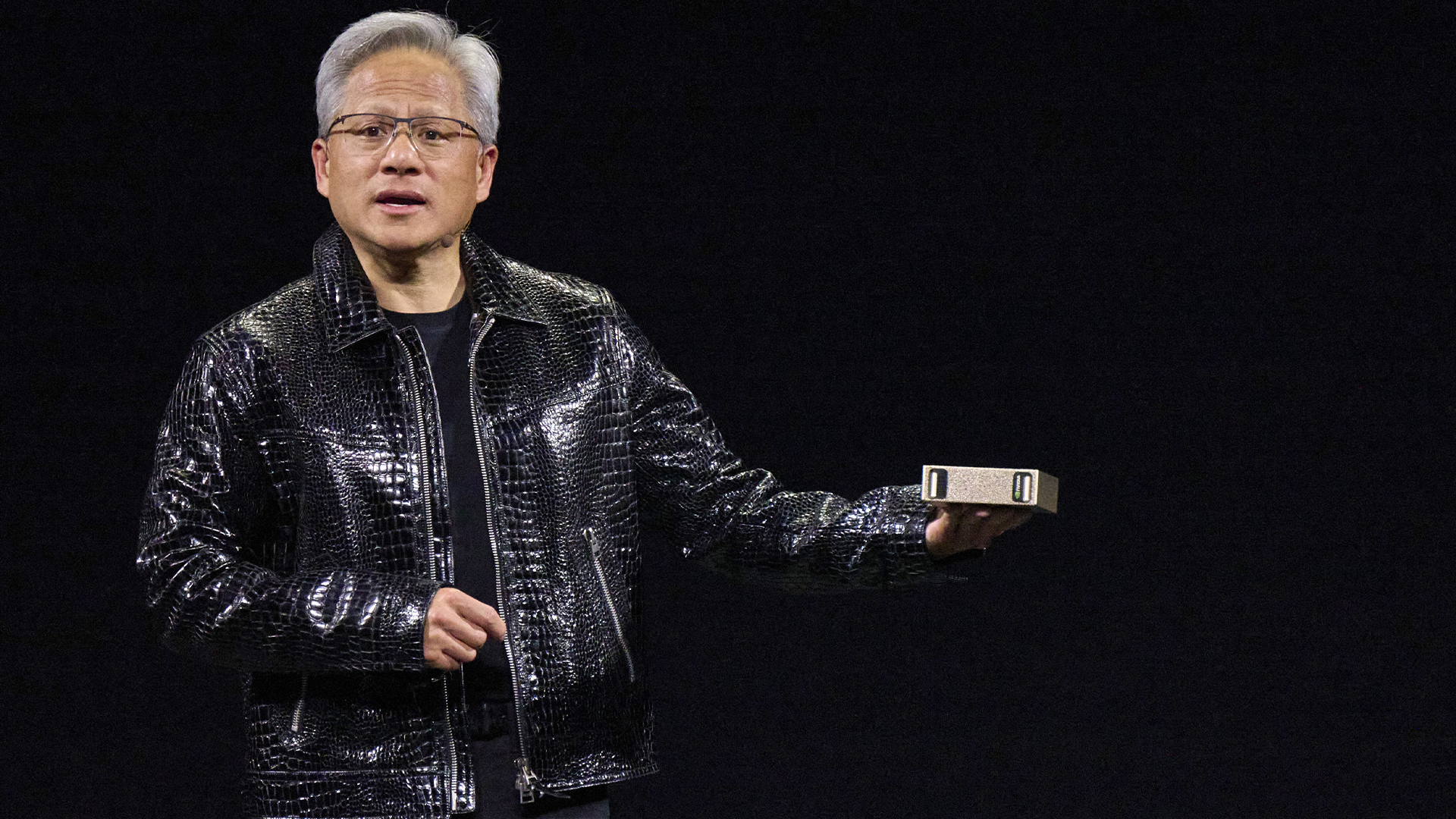 “The Grace Blackwell Superchip comes to millions of developers”: Nvidia's new 'Project Digits' mini PC is an AI developer's dream – but it'll set you back $3,000 a piece to get your hands on one
“The Grace Blackwell Superchip comes to millions of developers”: Nvidia's new 'Project Digits' mini PC is an AI developer's dream – but it'll set you back $3,000 a piece to get your hands on oneNews Nvidia unveiled the launch of a new mini PC, dubbed 'Project Digits', aimed specifically at AI developers during CES 2025.
-
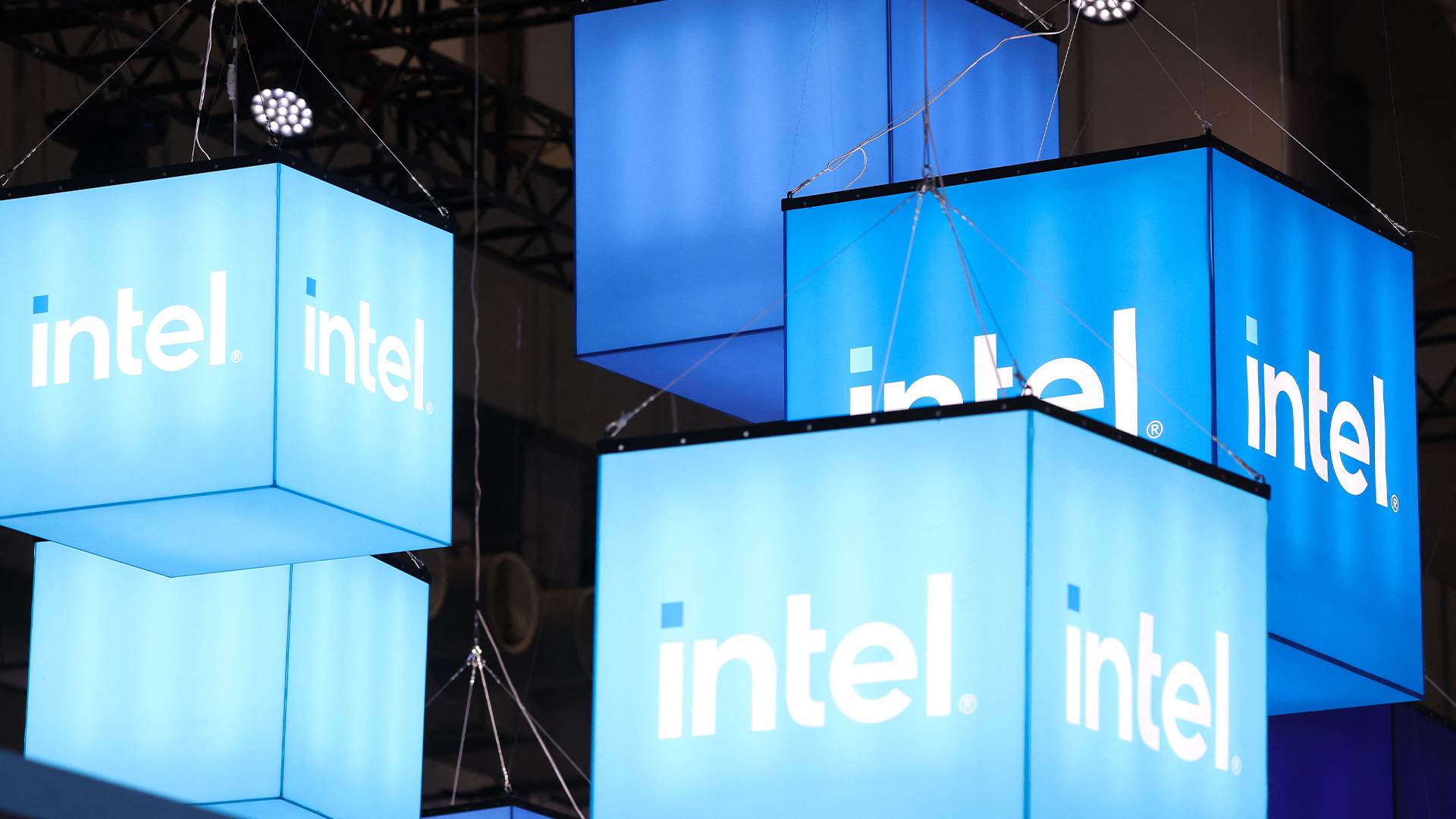 Intel just won a 15-year legal battle against EU
Intel just won a 15-year legal battle against EUNews Ruled to have engaged in anti-competitive practices back in 2009, Intel has finally succeeded in overturning a record fine
-
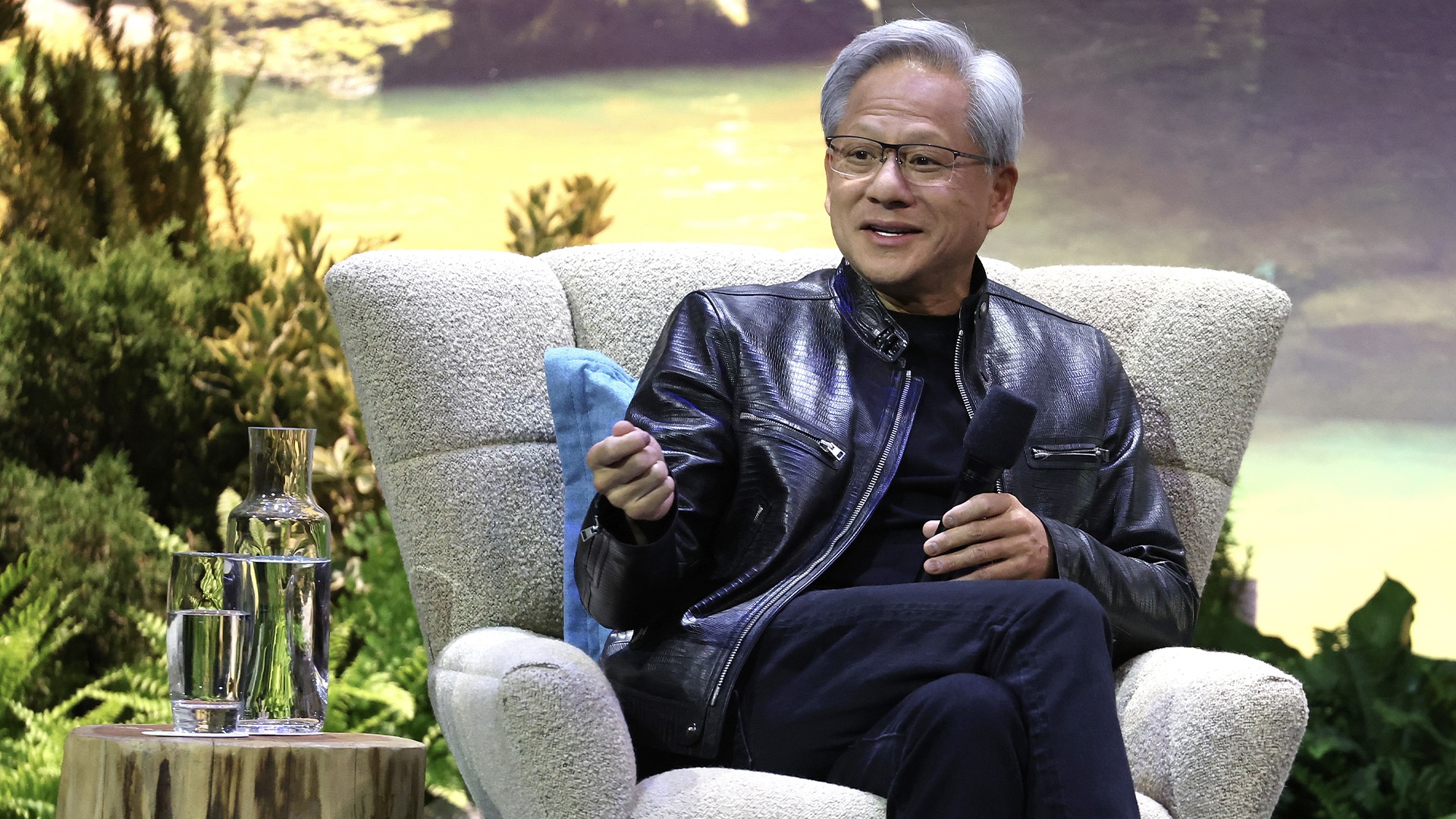 Jensen Huang just issued a big update on Nvidia's Blackwell chip flaws
Jensen Huang just issued a big update on Nvidia's Blackwell chip flawsNews Nvidia CEO Jensen Huang has confirmed that a design flaw that was impacting the expected yields from its Blackwell AI GPUs has been addressed.
-
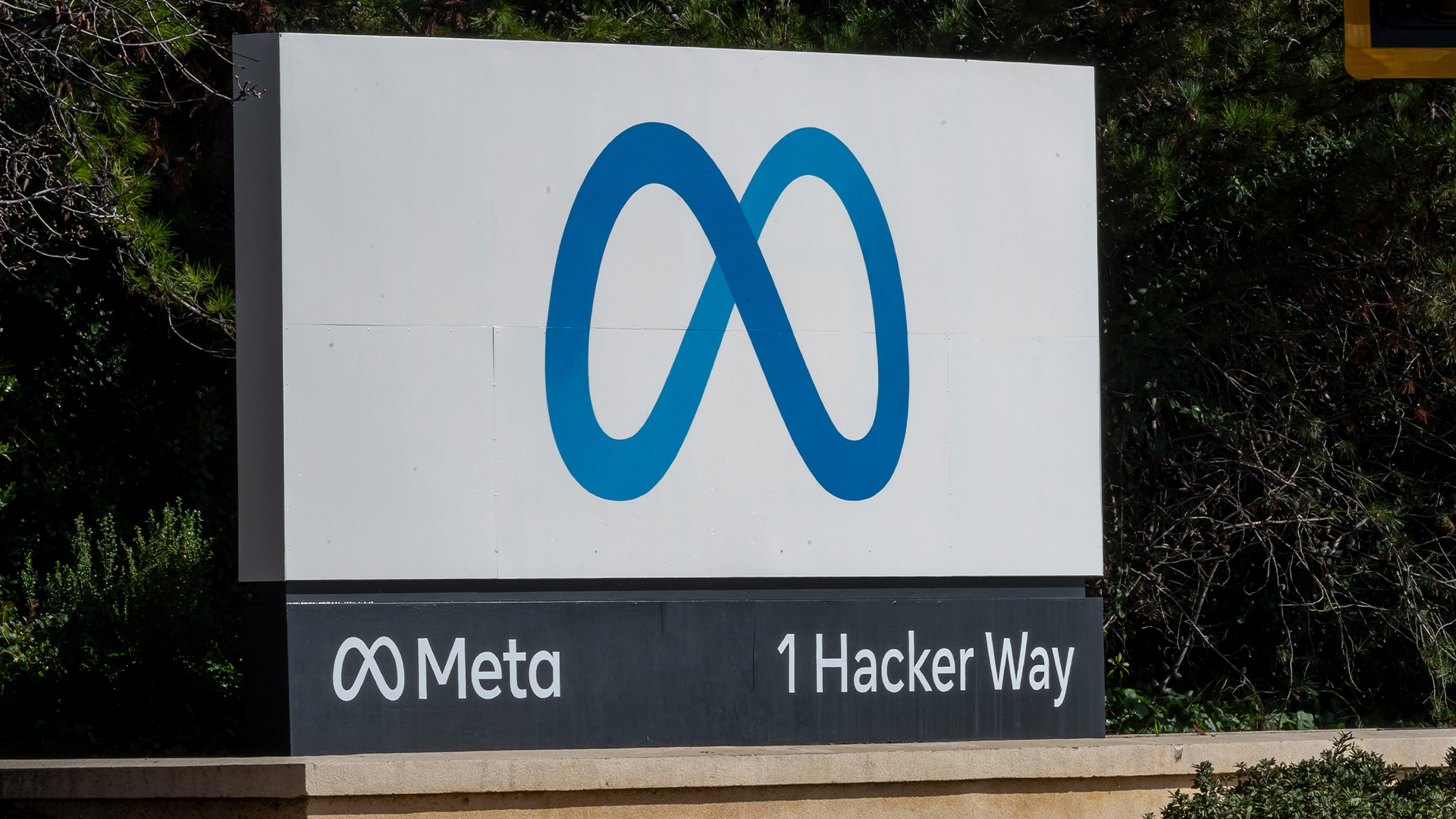 Meta unveils two new GPU clusters used to train its Llama 3 AI model — and it plans to acquire an extra 350,000 Nvidia H100 GPUs by the end of 2024 to meet development goals
Meta unveils two new GPU clusters used to train its Llama 3 AI model — and it plans to acquire an extra 350,000 Nvidia H100 GPUs by the end of 2024 to meet development goalsNews Meta is expanding its GPU infrastructure with the help of Nvidia in a bid to accelerate development of its Llama 3 large language model
-
 TD Synnex buoyed by UK distribution deal with Nvidia
TD Synnex buoyed by UK distribution deal with NvidiaNews New distribution agreement covers the full range of Nvidia enterprise software and accelerated computing products
